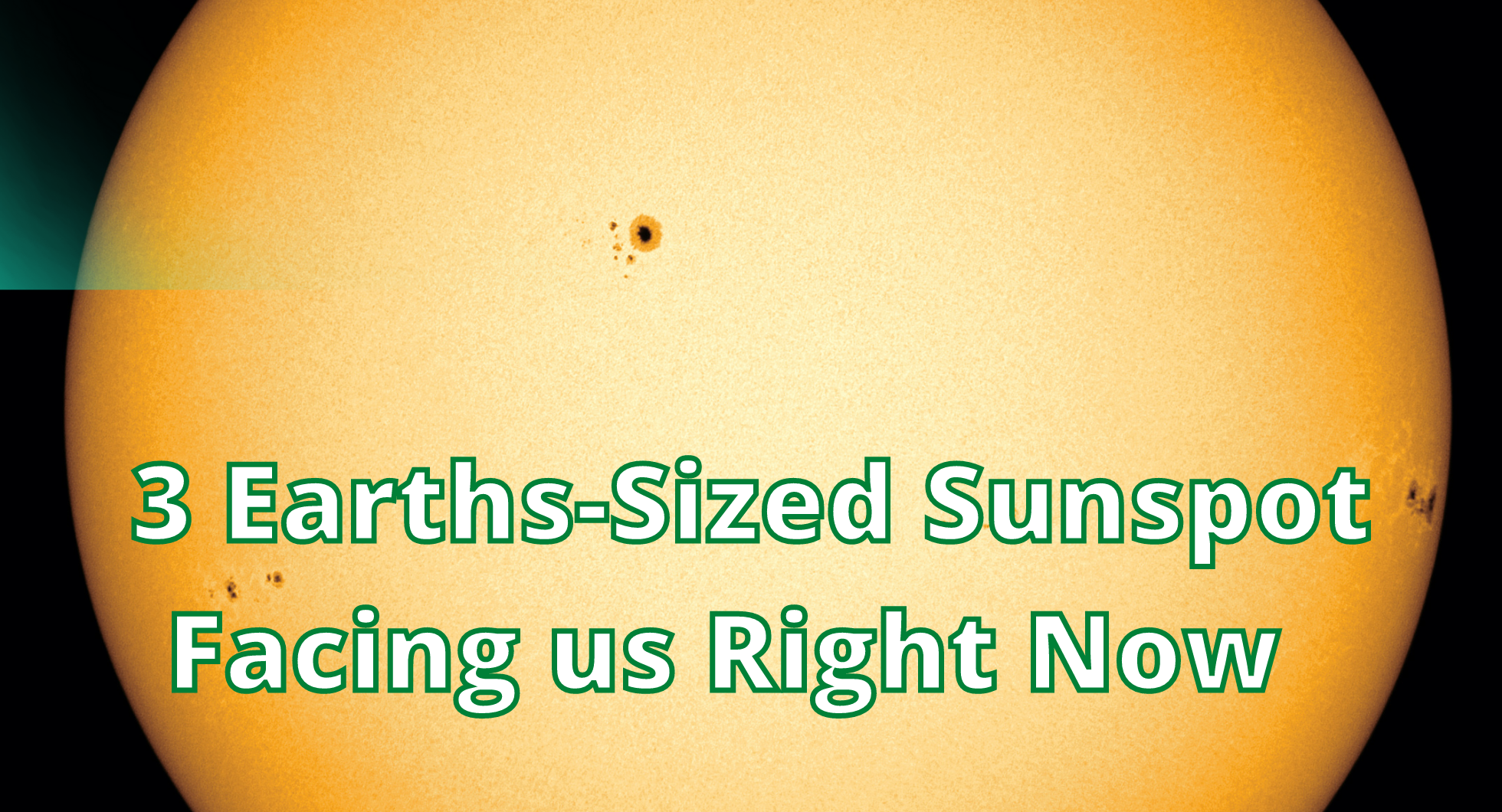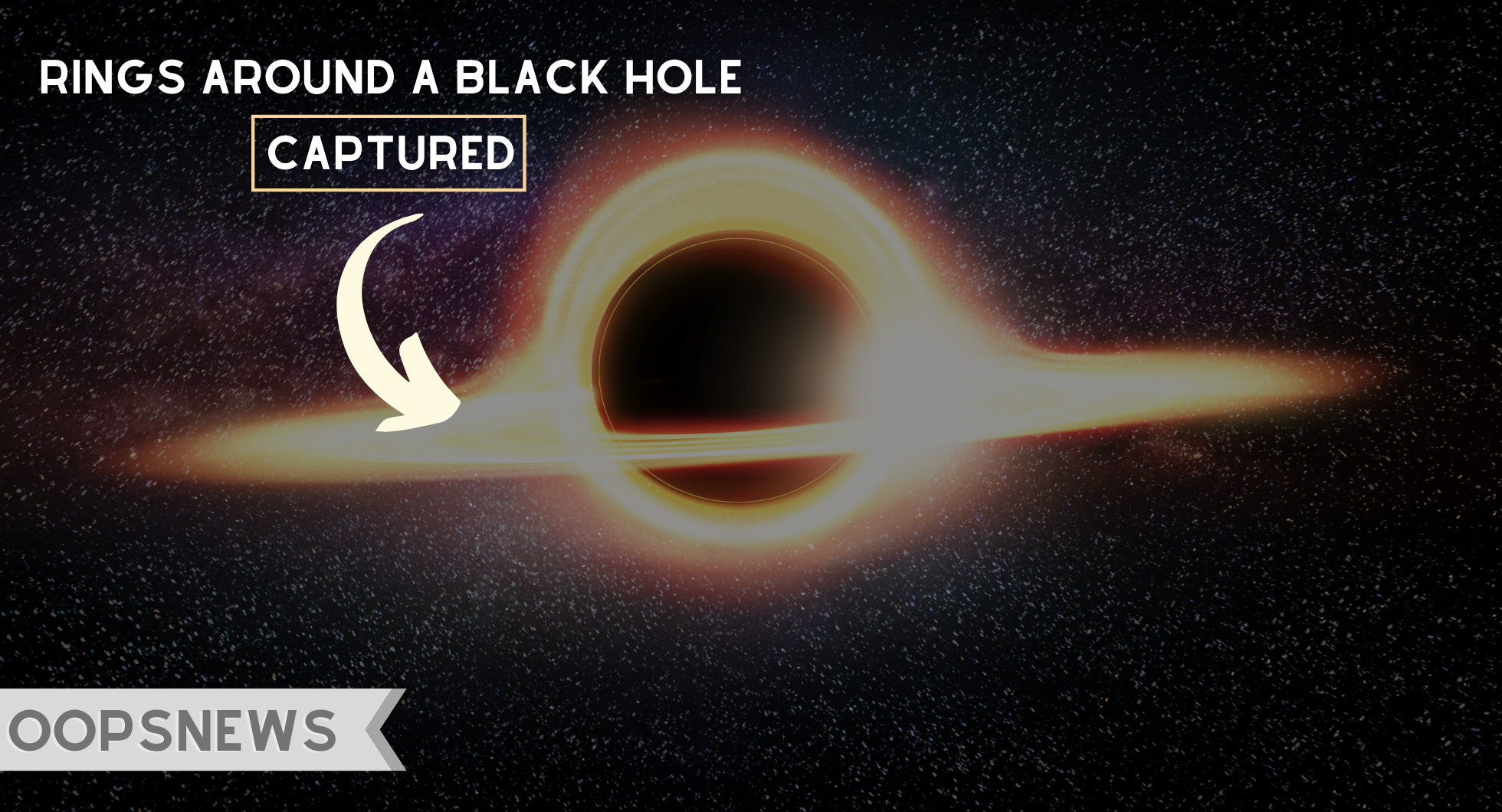A Huge Sunspot is Facing us Right Now

A 3 Earths-Sized Sunspot, which is within firing range of our planet, is right now facing us and it may send out medium-class flares in the near future. Tony Phillips, the author of SpaceWeather.com, wrote on June 22, 2022, “Yesterday, sunspot AR3038 was big. Today, it’s enormous”.
Sunspot and Solar Flares: What are their Classes?
A powerful concentrated outburst of electromagnetic radiation in the Sun’s atmosphere is known as a solar flare. In areas where the sun is active, flares frequently coexist with solar particle events, coronal mass ejections, and other solar phenomena, albeit not always. The 11-year solar cycle affects how frequently solar flares occur.
According to their X-ray brightness, in the wavelength range of 1 to 8 Angstroms, scientists categorize solar flares. The classes of flares are A, B, C, M, and X, where A denotes the smallest and X denotes the greatest. There are nine subcategories under each category, spanning from C1 to C9, M1 to M9, and X1 to X9.
Possible impact of the potential blast of M-class flares
Noting that the magnetic field surrounding it has the potential to blast M-class solar flares toward our planet, author Philips added that the fast-growing sunspot has doubled in size in only 24 hours.
If the sunspot blasts out a coronal mass ejection, or CME, of charged particles that faces our planet, as astronomers say, it’s possible those particles will interact with our magnetic field and create colorful lights in our atmosphere, known as auroras.
But the National Oceanic and Atmospheric Administration’s (NOAA’s) Space Weather Prediction Center(opens in new tab), which monitors solar flares and other outbursts, has not issued any current aurora alerts for Earth yet.
Recommended Readings:
While being particularly active this spring, the Sun has been sending out many M-class and X-class (the strongest class) flares as activity grows in the regular 11-year cycle of sunspots.
Usually harmless, CMEs may cause brief radio blackouts in addition to the vibrant auroras. CMEs can occasionally damage vital infrastructure, such power lines or satellites.
NASA and NOAA continuously monitor the sun because of this. In order to study the causes of sunspots and the space weather the sun produces, NASA’s Parker Solar Probe mission also periodically flies very close to the sun.


